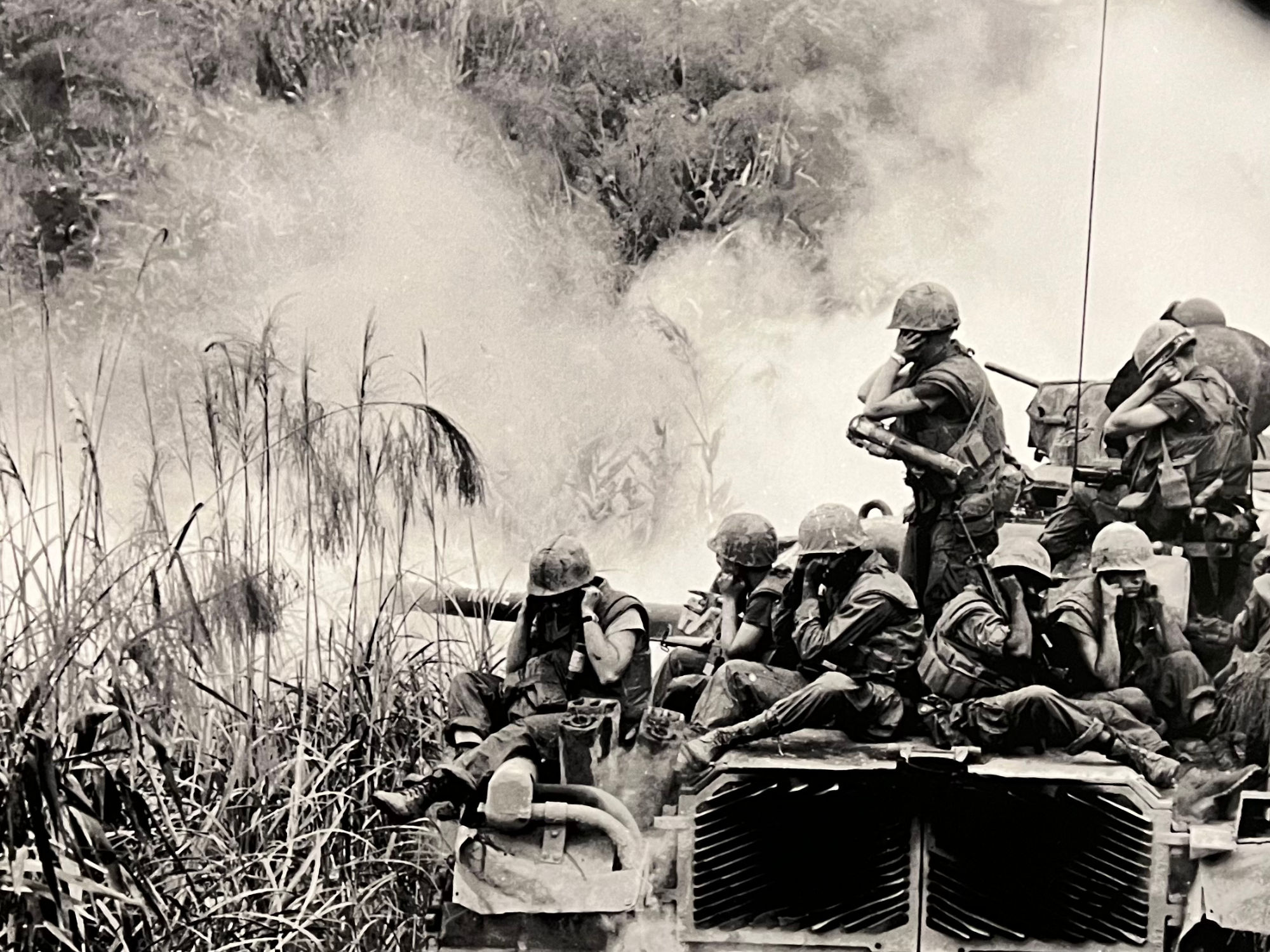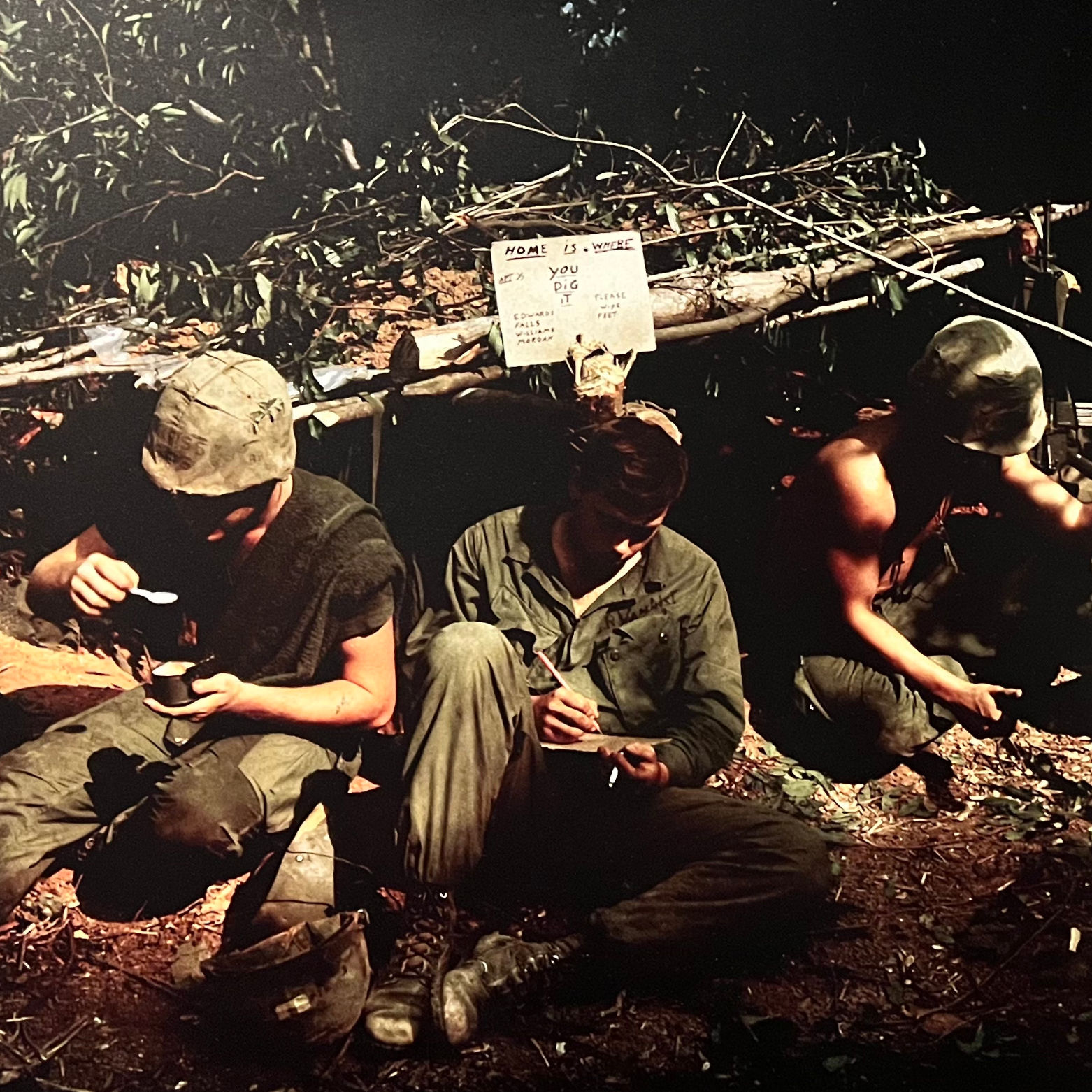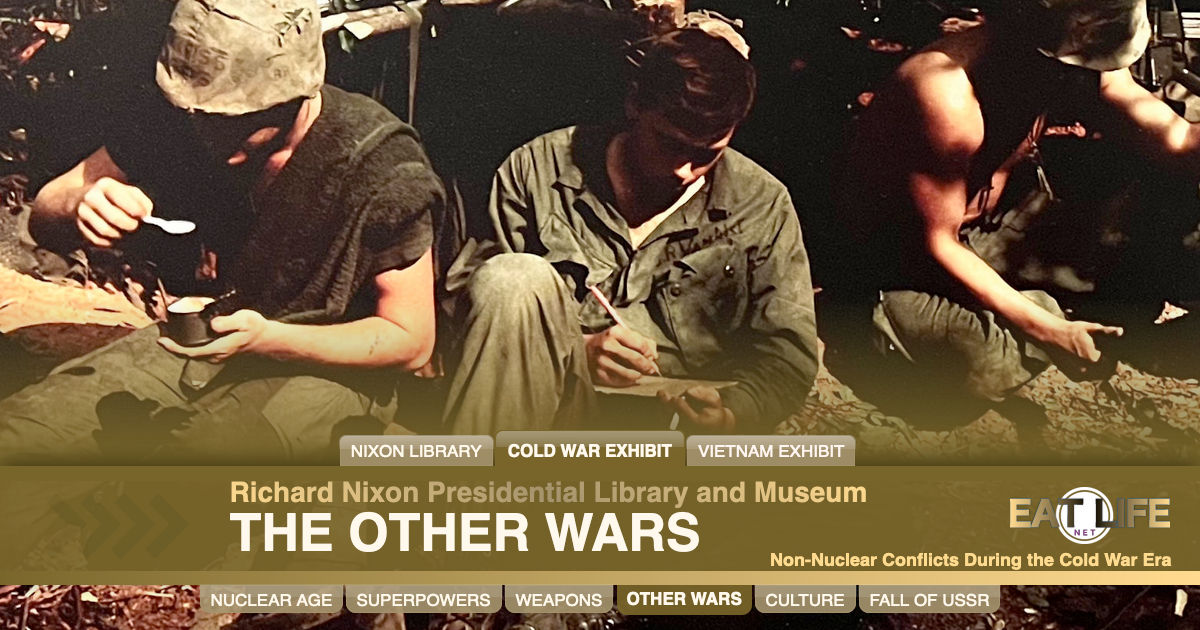The Cold War never produced a direct military confrontation between the United States and the Soviet Union. But the Truman Doctrine, which "established that the United States would provide political, military, and economic assistance to all democratic nations under threat from external or internal authoritarian forces," drew the United States into two costly wars in Asia.
- Korean War
- Vietnam War
The communist governments of the Soviet Union and the People's Republic of China sought to expand their sphere of influence across the world, while the United States and its western allies tried to contain communism. Among them are:
- 1946 Greek Civil War
- 1948 Soviet Blockade of Berlin
- 1950 Korean War
- 1955 Vietnam War
- 1956 Hungarian Uprising
- 1956 Suez Crisis
- 1959 Cuban Revolution
- 1960 Congo Crisis
- 1967 Six Day War in Israel
- 1968 Warsaw Pact Invasion of Czechoslovakia
- 1968 North Korea seizes USS Pueblo
- 1973 Yom Kippur War
- 1979 Soviet Invasion of Afghanistan
- 1983 Soviets shoot-down Korean Airlines Flight 902
- 1983 Grenada
- 1980s Nicaragua
- 1980s El Salvador
At his first meeting with advisors after hearing of the invasion, President Truman said, "If we let Korea down, the Soviets will keep right on going and swallow up one place after another." Within weeks, determined to prevent communist expansionism, the United States entered the war on behalf of the South, with very little objection from the American people.
Combat ended on July 27, 1953. During the course of the fighting, 36,516 American troops had been killed in Korea. Although the fighting ended with an armistice, North and South Korea have never signed a peace treaty officially ending the war.

Sniper Hut
- American soldiers relax by a Korean hut after eliminating a North Korean enemy sniper who was hiding there.

Wounded Marine
- A wounded U.S. Marine is carried through a rice field to receive medical treatment.

American Soldiers
- American soldiers survey the landscape as they fight North Korean forces from a trench.
Beginning in the mid-1950s, the United States began providing small numbers of military advisors to the South Vietnamese military. In 1961, President Kennedy began sending significant numbers of military advisors to South Vietnam.
As the war dragged on, President Lyndon B. Johnson began to send American combat troops to the beleaguered South. On January 20, 1969, by the time President Johnson left office 550,000 American troops were fighting in South Vietnam.
As the war escalated in Vietnam, so, too, did opposition to the war grow in the United States. President Nixon, who inherited the war from the Johnson administration, resisted calls for an immediate withdrawal from Vietnam.
Instead, his policy of Vietnamization achieved the end of American involvement over time, as the South Vietnamese military began to assume greater responsibility for its nation's defense.
A peace treaty ending the war and America's involvement was signed on January 27, 1973. Two months later, the last American military unit came home. Violations of the peace treaty by the North Vietnamese ultimately led to the fall of Saigon in 1975 and the North and South were and remain united under a communist government.
By the time the war was over, 58,220 Americans had died in Vietnam.

1968
- An American tank carries Marines through a South Vietnamese jungle

U.S. Marine
- A U.S. Marine in Vietnam is helped to an evacuation point, after being wounded in action.


Home is Where You Dig It
- Marines writing letters home from their makeshift shelter inscribed with the phrase, "Home is Where You Dig It."






